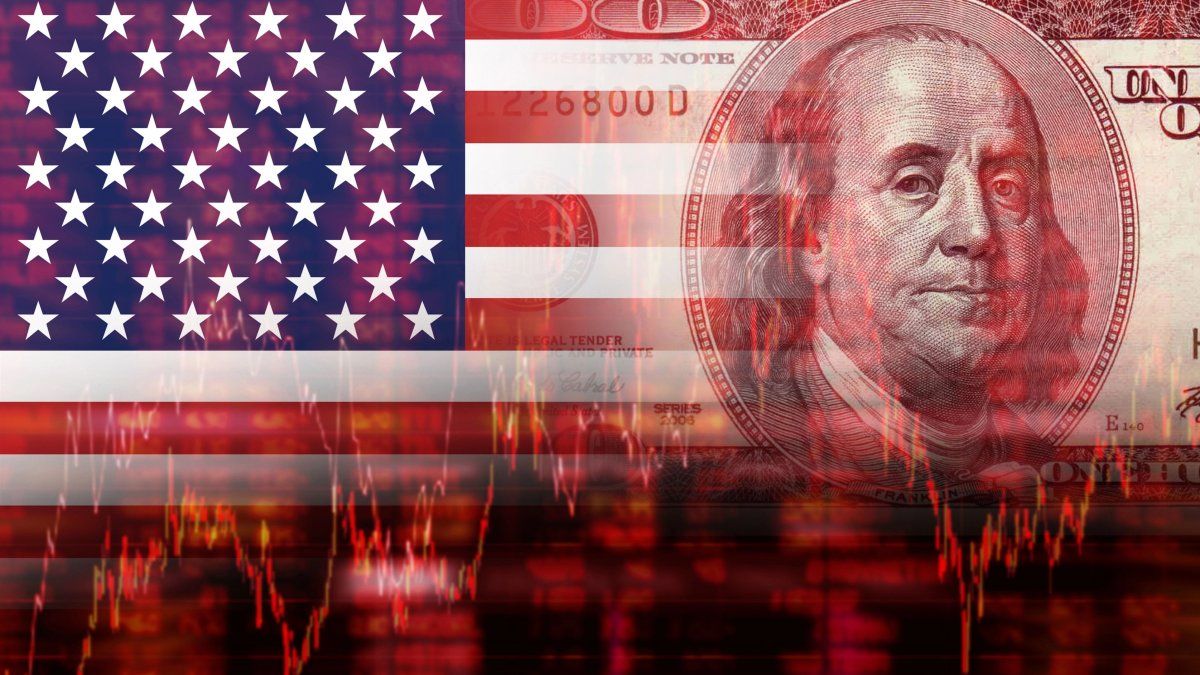The Fed cut the rate aggressively, validating the inflationary slowdown by betting that the rest of the market rates would adjust. However, in recent weeks the yield on the 10-year US Treasury bond has played against the grain.
The Fed did his part. He made the first reduction in the reference interest rate after four years, bringing it to the range of 4.75%-5% annually, accompanying expectations of an inflationary slowdown. However, long interest rates seem to be playing against the Fed’s move that had surprised with an aggressive 50-point cut.
The content you want to access is exclusive to subscribers.
Days ago in Wall Street They noticed a certain signal that long rates emitted. now in Europe They also focused on the bond market. The fact is that the yield on 10-year US Treasury bonds crossed, according to market experts, a line in the sand that is beginning to portend problems for stocks. Analysts explain, after an early liquidation in the bond market, that the fact that the 10-year rate has reached a level of more than 4.3% per year has already proven to be a turning point for stocks because it cost them adjust over the last year. Perhaps the best portrayer of the situation is Vivien Lou Chen of MarketWacht, who validates the view of a strategist at LPL Financial based in San Diego, California, Adam Turnquist, that a 4.3% level in the rate at 10 years is “a dividing line for stocks” and a resistance level dating back to October 2022; Therefore, a rise above this level “seems to be quite problematic for stock markets to absorb.”


It is worth remembering that at the beginning of September 2023 the yield began to rise above 4.3%, driven by stronger than expected service sector data for August, and the rise served as a turning point for what was to come. in October: The long rate briefly broke through the 5% level on October 23 for the first time in 16 years, and that same day, the S&P 500 index ended what was then its longest losing streak of 2023.
This year in April, the 10-year bond yield took advantage of another move above 4.3% amid rising inflation risks following strong data related to the manufacturing industrial sector from the Institute for Supply Management (ISM). Thus, on April 25, the long rate reached its highest closing level of 2024 at 4.706% after the higher-than-expected annualized basic PCE inflation data for the first quarter. Then, the S&P 500 fell again and closed that same month with its biggest drop since September 2023. For its part, the Dow Jones Industrial Index also ended with its worst monthly performance since September 2022. The recent historical and statistical evidence is sobering in terms of showing how the rise in the US 10-year Treasury yield during the aforementioned periods (September-October 2023 and April 2024) translated into a corresponding decline in stocks.
As seen in recent days, the yield on US Treasury bonds reached an intraday maximum of almost 4.34% amid a wave of sales of US government debt that started in Europe. It is worth noting that in this context, US economic data showed that consumer confidence increased in October to its highest level in nine months, keeping the sales momentum on Wall Street intact.
While the latest trading showed the yield ending slightly lower at 4.272%, or below the 4.3% mark, it remains firmly above its 200-day moving average of nearly 4.18%, which suggests that risks lean towards further bullish moves. Experts ask then, how much higher can it go? Maybe the April highs of 4.7% can be seen again and that will be the last line of defense before making a run to 5%, Turnquist told MarketWacht.
It’s worth remembering that the rate remained above 5% for decades before 2000. While some might say a return to the April high of 4.7% is what’s needed to trigger bigger problems for stocks, the rate The 10-year yield has already risen 65 basis points since mid-September, driven in part by expectations surrounding the inflationary implications of a possible victory by Republican Donald Trump on November 5 and his party’s complete control of the government. analysts explain.
“We’ve had a very sharp move in yields and the biggest deciding factor for stocks will be the exchange rate,” Turnquist said, adding that yields are rising due to a variety of factors, the most important of which is the Improving growth expectations for the US but also the prospects of higher US deficits were playing a role. Regardless, continued signs of U.S. economic strength may also help limit some of the downside risk for stocks, the LPL strategist said.
Source: Ambito
David William is a talented author who has made a name for himself in the world of writing. He is a professional author who writes on a wide range of topics, from general interest to opinion news. David is currently working as a writer at 24 hours worlds where he brings his unique perspective and in-depth research to his articles, making them both informative and engaging.




